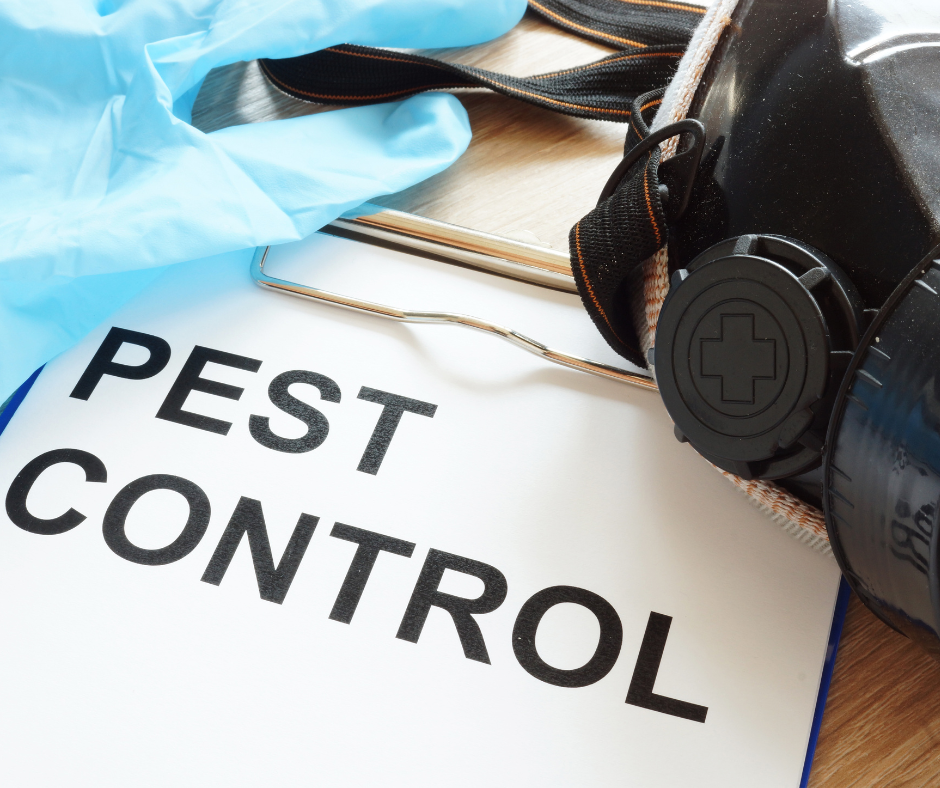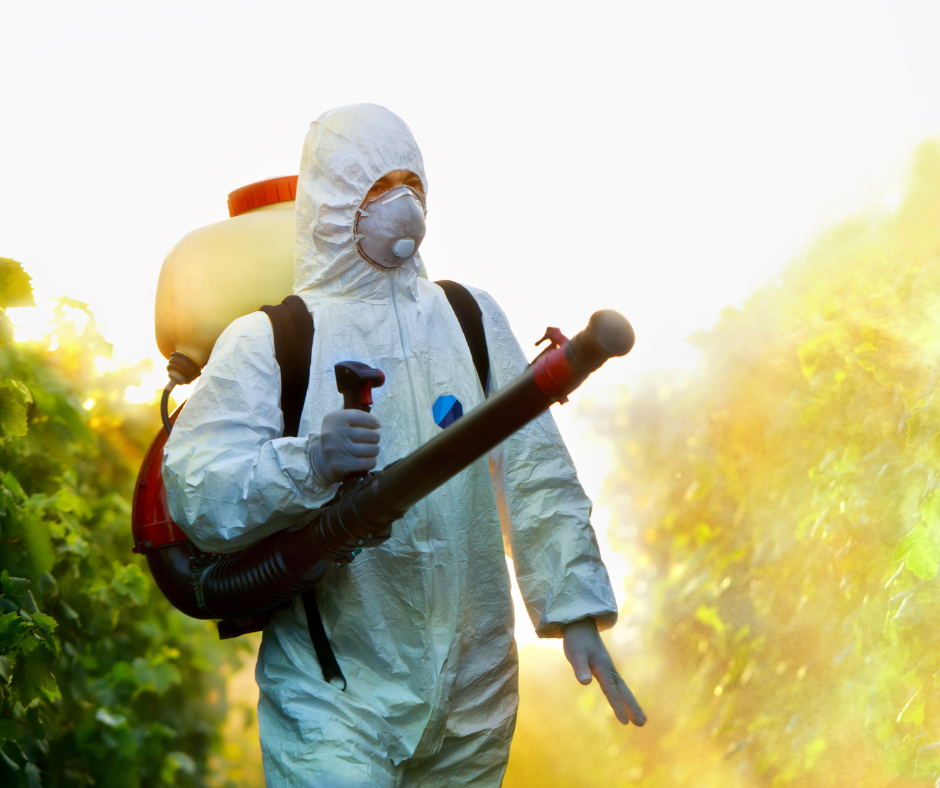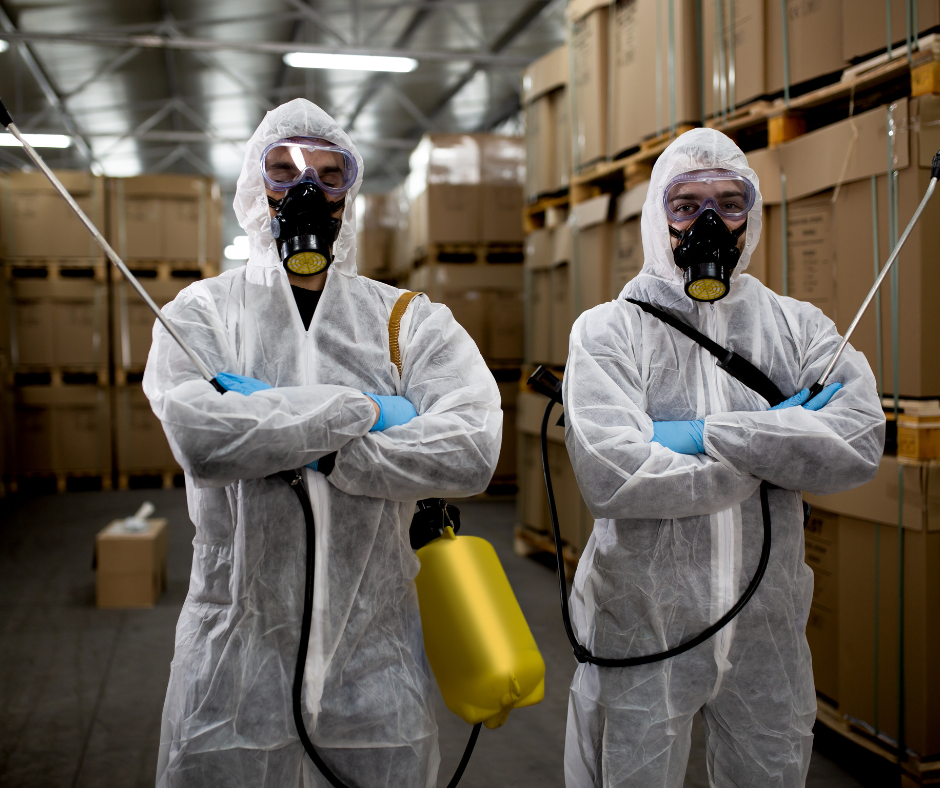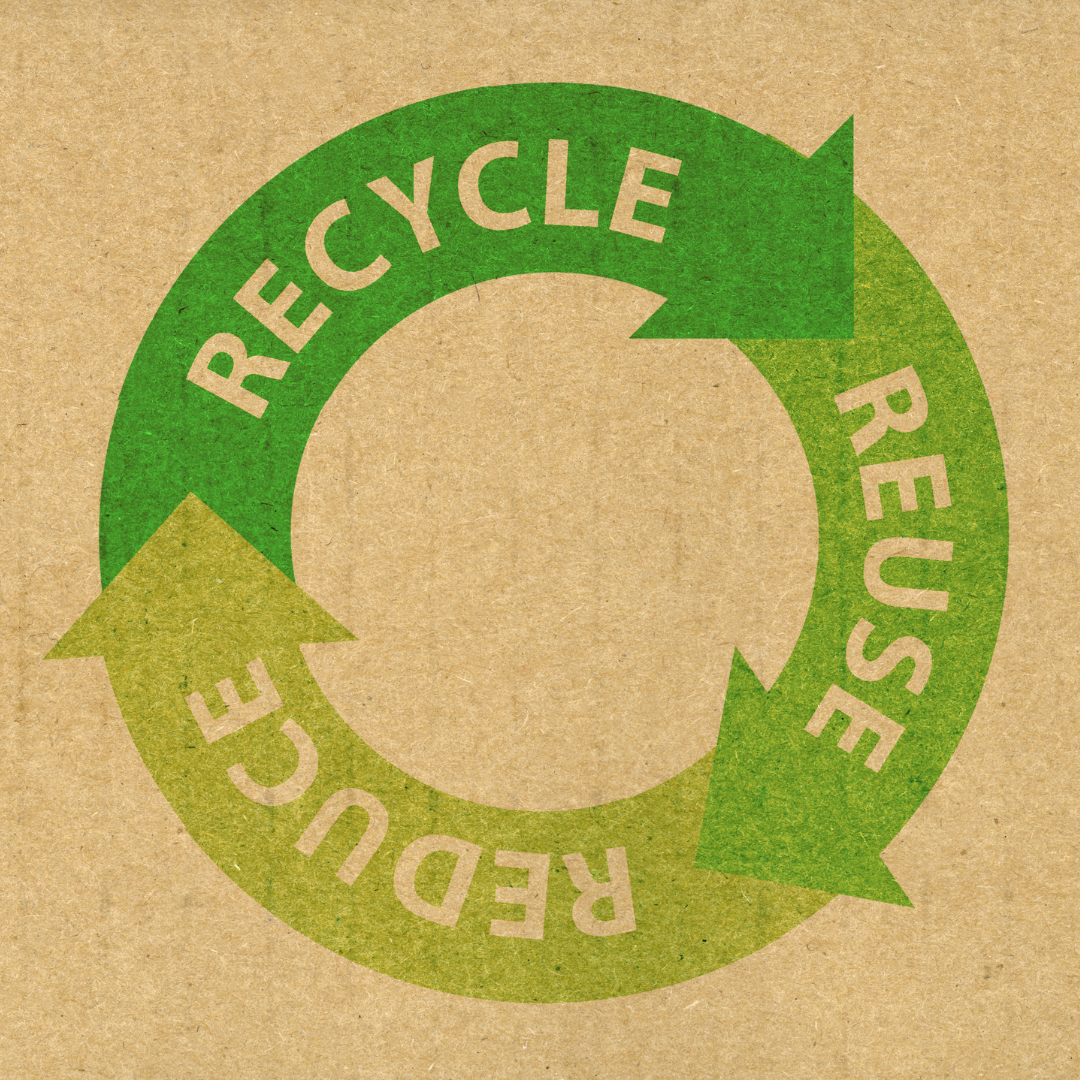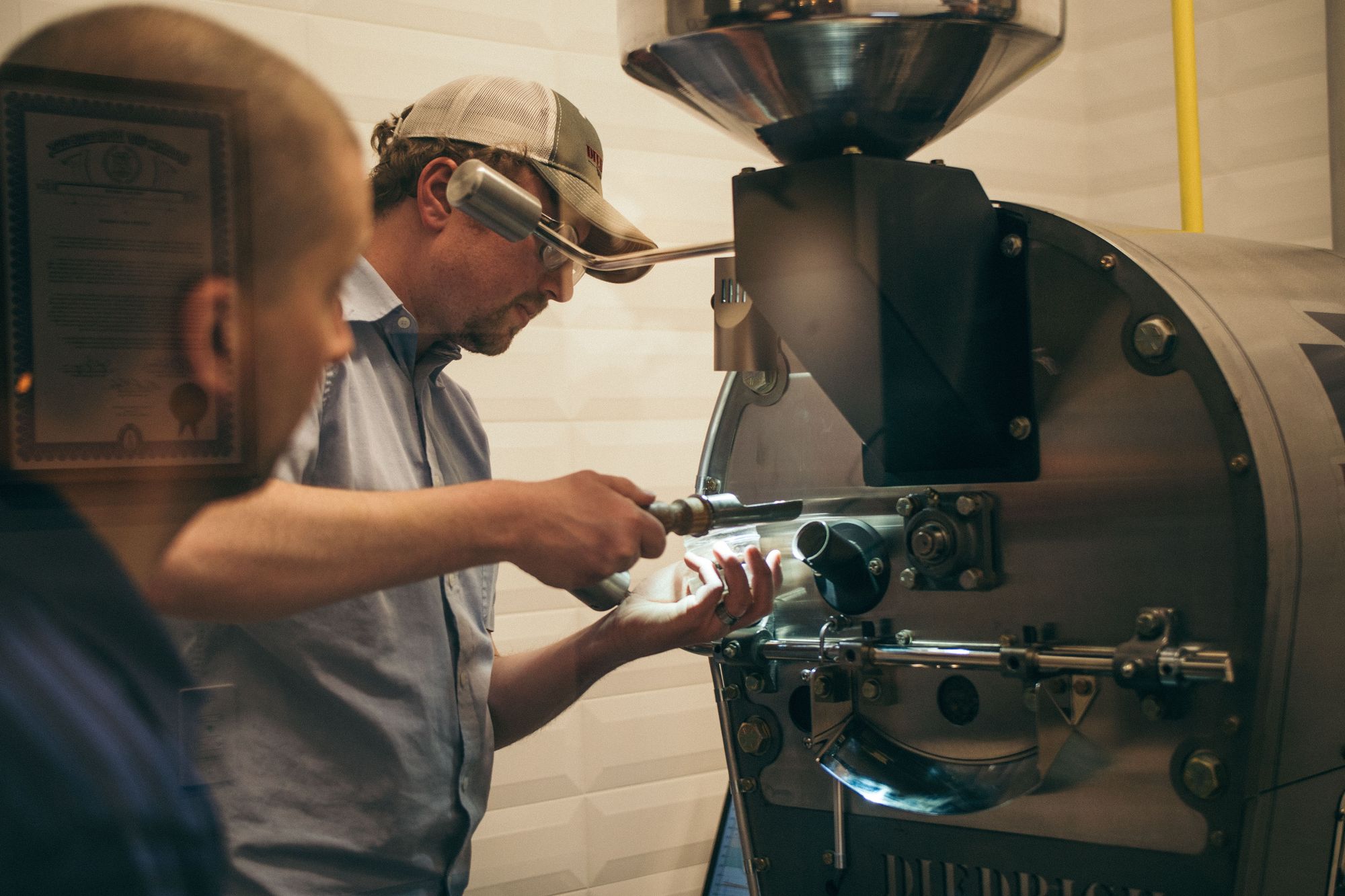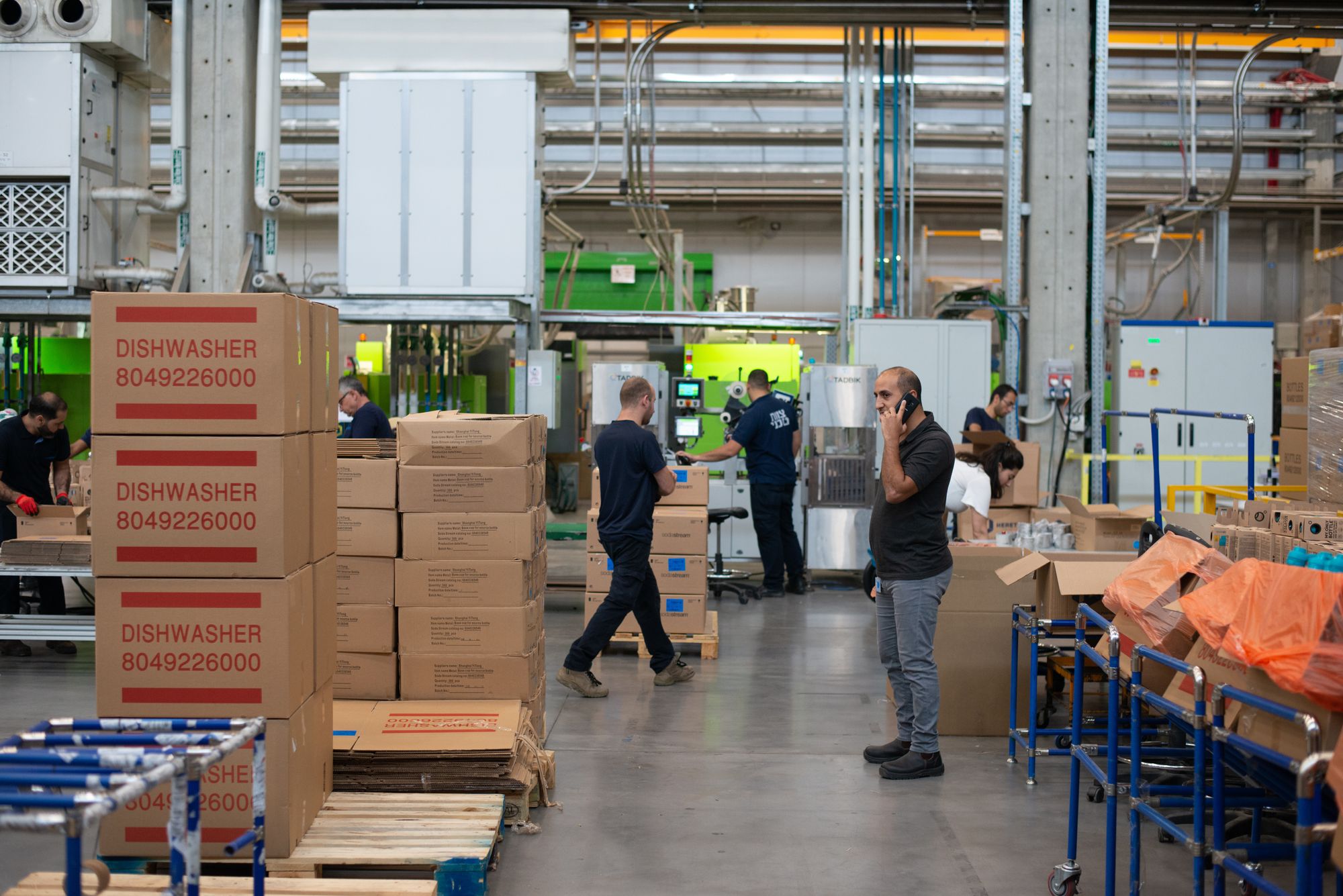Pest control chemicals are widely used to control or eliminate pests in agricultural and urban settings. However, their production can result in environmental pollution, worker exposure to hazardous chemicals, and high costs for producers. Reducing waste and maximizing efficiency in pest control chemical production is therefore important for minimizing these negative impacts.
Reducing waste and maximizing efficiency in pest control chemical production is important for several reasons. Pest control chemicals can significantly impact the environment, especially if they are not produced efficiently or disposed of properly. Reducing waste can help to minimize the amount of chemical waste that is released into the environment, which can help to protect ecosystems and wildlife.
Maximizing efficiency can help to reduce production costs, which can ultimately lead to cost savings for both the manufacturer and the end user. This can make pest control chemicals more affordable and accessible for people who need them.
Pest control chemicals can be hazardous if not produced and used safely. By maximizing efficiency, manufacturers can reduce the risk of accidents and spills, which can help to protect the health and safety of workers and the general public.
Many countries have strict regulations governing the production and use of pest control chemicals. By reducing waste and maximizing efficiency, manufacturers can ensure that they are complying with these regulations and avoiding potential legal and financial penalties.
Overall, reducing waste and maximizing efficiency in pest control chemical production is important for protecting the environment, promoting cost savings, ensuring health and safety, and complying with regulations.
In this article, we will explore various strategies and practices that can be implemented to reduce waste and improve efficiency in pest control chemical production.
- Implement green chemistry principles
- Optimize production processes
- Use advanced manufacturing technologies
- Implement quality control measures
- Improve storage and handling practices
- Optimize packaging
- Use renewable energy sources
- Collaborate with suppliers and customers
- Continuous improvement
- How can Deskera Help You?
- Conclusion
- Related Articles
Implement green chemistry principles
Implementing green chemistry principles is an important strategy for reducing waste and maximizing efficiency in pest control chemical production. Green chemistry is the design of chemical products and processes that reduce or eliminate the use and generation of hazardous substances. Some ways to implement green chemistry principles in pest control chemical production include:
- Using renewable raw materials: Renewable raw materials such as plant-based sources can be used as alternatives to fossil-fuel-based materials. This can help to reduce waste and environmental impact.
- Designing more efficient chemical processes: Chemical processes can be optimized to reduce waste and increase efficiency. This can include using catalytic reactions that require less energy and produce fewer byproducts.
- Minimizing the use of hazardous chemicals: By minimizing the use of hazardous chemicals, producers can reduce worker exposure to toxic substances and minimize the environmental impact of their operations.
- Using safer solvents: Safer solvents such as water or supercritical carbon dioxide can replace hazardous solvents. This can help to reduce waste and environmental impact.
- Reducing energy consumption: Energy consumption can be reduced by using more efficient equipment and processes. This can help to lower costs and reduce environmental impact.
- Recycling and reusing materials: Recycling and reusing materials can help to reduce waste and lower costs. This can involve recycling solvents, reusing catalysts, and using recycled materials in production.
By implementing green chemistry principles, pest control chemical producers can reduce waste, improve efficiency, and minimize the environmental impact of their operations.
Optimize production processes
Optimizing production processes is a key strategy for reducing waste and maximizing efficiency in pest control chemical production. Producers can identify areas for improvement and implement strategies to reduce waste and increase efficiency by improving equipment maintenance, process monitoring, and process control. Some ways to optimize production processes in pest control chemical production include:
- Conducting regular equipment maintenance: Regular maintenance can help prevent breakdowns, improve efficiency, and reduce waste. This can involve cleaning equipment, replacing worn parts, and ensuring equipment functions properly.
- Implementing process monitoring: Process monitoring can help identify areas where waste is generated and processes can be optimized. This can involve measuring parameters such as temperature, pressure, and flow rates.
- Implementing process control: Process control can help to optimize production processes and reduce waste. This can involve automating processes, using feedback control systems, and implementing statistical process control.
- Optimizing batch sizes: Batch sizes can be optimized to reduce waste and increase efficiency. This can involve using computer simulations to determine optimal batch sizes and implementing strategies to minimize the use of raw materials and energy.
- Streamlining production flow: Production flow can be streamlined to reduce waste and increase efficiency. This can involve rearranging production lines to minimize the movement of materials and workers, and implementing strategies to minimize wait times and bottlenecks.
- Implementing lean manufacturing principles: Lean manufacturing principles can help to reduce waste and improve efficiency. This can involve implementing strategies such as just-in-time inventory, continuous improvement, and visual management.
By optimizing production processes, pest control chemical producers can reduce waste, increase efficiency, and lower costs.
Use advanced manufacturing technologies
Using advanced manufacturing technologies is another strategy for reducing waste and maximizing efficiency in pest control chemical production. Advanced manufacturing technologies such as automation, robotics, and artificial intelligence can help to optimize production processes and improve product quality. Some ways to use advanced manufacturing technologies in pest control chemical production include:
- Automating production processes: Automation can help to optimize production processes and reduce waste. This can involve using automated systems for material handling, mixing, and packaging.
- Using robotics: Robotics can be used to perform repetitive or dangerous tasks, such as handling hazardous chemicals or performing quality control inspections. This can help to improve worker safety and reduce waste.
- Implementing artificial intelligence: Artificial intelligence can be used to optimize production processes and improve product quality. This can involve using machine learning algorithms to predict equipment failures, optimize production schedules, and reduce defects.
- Using additive manufacturing: Additive manufacturing, also known as 3D printing, can be used to produce complex parts and prototypes with minimal waste. This can help to reduce material waste and lower production costs.
- Implementing digital technologies: Digital technologies such as sensors and data analytics can be used to monitor production processes and optimize performance. This can involve using sensors to monitor equipment performance, and using data analytics to identify opportunities for improvement.
By using advanced manufacturing technologies, pest control chemical producers can reduce waste, increase efficiency, and improve product quality. However, it is important to ensure that these technologies are used safely and responsibly, and that they do not negatively impact worker safety or the environment.
Implement quality control measures
Implementing quality control measures is a critical strategy for reducing waste and maximizing efficiency in pest control chemical production. Quality control measures can help to identify defects and errors early in the production process, which can reduce waste and improve product quality. Some ways to implement quality control measures in pest control chemical production include:
- Conducting regular inspections: Regular inspections can help to identify defects and errors early in the production process. This can involve inspecting equipment, materials, and finished products for defects or inconsistencies.
- Using statistical process control: Statistical process control can help to identify trends and patterns in production data, which can be used to identify opportunities for improvement and reduce waste.
- Implementing process validation: Process validation can help to ensure that production processes are consistent and meet quality standards. This can involve testing and verifying that equipment and processes are working as intended.
- Using standardized operating procedures: Standardized operating procedures can help to ensure that production processes are consistent and repeatable. This can help to reduce errors and improve product quality.
- Conducting product testing: Product testing can help to ensure that finished products meet quality standards. This can involve testing for potency, purity, and other quality parameters.
By implementing quality control measures, pest control chemical producers can reduce waste, improve product quality, and increase customer satisfaction. Quality control measures can also help identify process improvement opportunities, which can further reduce waste and improve efficiency.
Improve storage and handling practices
Improving storage and handling practices is another strategy for reducing waste and maximizing efficiency in pest control chemical production. Proper storage and handling practices can help reduce the risk of spills, leaks, and contamination, reducing waste and improving safety. Some ways to improve storage and handling practices in pest control chemical production include:
- Implementing proper labeling: Proper labeling can help to ensure that chemicals are stored and handled correctly. Labels should include information such as the chemical name, hazard warnings, and storage instructions.
- Segregating chemicals: Segregating chemicals by hazard class can help to prevent incompatible chemicals from coming into contact with each other, which can reduce the risk of spills and accidents.
- Using appropriate containers: Using appropriate containers for chemicals can help to prevent leaks and spills. Containers should be made of materials that are compatible with the chemicals being stored, and should be properly sealed and labeled.
- Implementing proper ventilation: Proper ventilation can help to reduce the risk of exposure to hazardous chemicals. This can involve installing exhaust systems or using personal protective equipment such as respirators.
- Conducting regular inspections: Regular inspections of storage areas and equipment can help to identify potential hazards and prevent accidents. This can involve inspecting containers for leaks or damage, and ensuring that storage areas are properly labeled and ventilated.
Pest control chemical producers can reduce waste, improve safety, and protect the environment by improving storage and handling practices. Proper storage and handling practices can also help ensure that chemicals are used efficiently, reducing costs and improving profitability.
Optimize packaging
Optimizing packaging is another strategy for reducing waste and maximizing efficiency in pest control chemical production. Packaging can be a significant source of waste in the production process, and optimizing packaging can help to reduce waste and improve efficiency. Some ways to optimize packaging in pest control chemical production include:
- Reducing packaging materials: Reducing the amount of packaging material can help to reduce waste and lower production costs. This can involve using lighter weight materials, or using more compact packaging designs.
- Using recyclable materials: Using recyclable materials for packaging can help to reduce waste and improve sustainability. This can involve using materials such as cardboard or plastic that can be easily recycled.
- Using reusable containers: Using reusable containers for chemicals can help to reduce waste and lower production costs. This can involve using refillable containers or bulk containers that can be returned and refilled.
- Implementing efficient packaging designs: Efficient packaging designs can help to minimize waste and reduce packaging costs. This can involve using optimized designs for the specific product and production process.
- Conducting life cycle assessments: Conducting life cycle assessments of packaging can help identify improvement opportunities and reduce environmental impacts. This can involve assessing the environmental impacts of packaging materials and design throughout the product's entire life cycle.
By optimizing packaging, pest control chemical producers can reduce waste, improve sustainability, and lower production costs. Optimizing packaging can also help to improve efficiency by reducing the time and resources needed for packaging and shipping.
Use renewable energy sources
Using renewable energy sources is another strategy for reducing waste and maximizing efficiency in pest control chemical production. Renewable energy sources can help to reduce greenhouse gas emissions and improve sustainability, while also reducing costs in some cases. Some ways to use renewable energy sources in pest control chemical production include:
- Installing solar panels: Solar panels can be installed on the roof of production facilities to generate electricity from the sun. This can help to reduce energy costs and greenhouse gas emissions.
- Using wind turbines: Wind turbines can be installed on-site to generate electricity from wind power. This can help to reduce energy costs and greenhouse gas emissions.
- Implementing energy efficiency measures: Implementing energy efficiency measures can help to reduce the amount of energy needed for production. This can involve upgrading equipment to more efficient models, optimizing production processes, and implementing energy-saving measures such as lighting upgrades.
- Purchasing renewable energy credits: Renewable energy credits can be purchased from third-party providers to offset greenhouse gas emissions from energy use. This can help to support renewable energy development and reduce the environmental impact of production.
By using renewable energy sources, pest control chemical producers can reduce greenhouse gas emissions, improve sustainability, and reduce costs in some cases. Using renewable energy sources can also help to improve the company's image and reputation among customers and stakeholders who are concerned about sustainability and environmental impact.
Collaborate with suppliers and customers
Collaborating with suppliers and customers is another strategy for reducing waste and maximizing pest control chemical production efficiency. Collaborating with suppliers can help ensure that materials and equipment are sourced sustainably and efficiently while collaborating with customers can help identify improvement opportunities and reduce waste. Some ways to collaborate with suppliers and customers in pest control chemical production include:
- Supplier collaboration: Collaborating with suppliers can help to identify opportunities for more sustainable sourcing of raw materials and equipment. This can involve working with suppliers to establish sustainability goals and criteria, and selecting suppliers based on their sustainability performance.
- Customer collaboration: Collaborating with customers can help identify improvement opportunities and reduce waste in the production process. This can involve working with customers to understand their needs and preferences, and developing products and services that meet their sustainability goals.
- Joint development: Collaborating with suppliers and customers to jointly develop products and services can help to improve sustainability and reduce waste. This can involve working together to identify opportunities for improvement, and developing new products and services that are more sustainable and efficient.
- Sharing information: Sharing information with suppliers and customers can help to improve sustainability and reduce waste. This can involve sharing information on sustainability performance, best practices, and technology solutions.
By collaborating with suppliers and customers, pest control chemical producers can improve sustainability, reduce waste, and improve efficiency. Collaborating with suppliers and customers can also help to build stronger relationships and improve the company's reputation and image among stakeholders.
Continuous improvement
Continuous improvement is a key strategy for reducing waste and maximizing efficiency in pest control chemical production. Continuous improvement involves ongoing efforts to identify and implement improvements in the production process, aiming to increase efficiency, reduce waste, and improve sustainability. Some ways to implement continuous improvement in pest control chemical production include:
- Setting goals and targets: Setting goals and targets can help to focus improvement efforts and track progress over time. Goals and targets can be related to efficiency, waste reduction, and sustainability and can be set for individual processes or the whole production system.
- Conducting regular assessments: Regular assessments of the production process can help identify improvement areas and track progress over time. This can involve conducting energy audits, waste audits, and sustainability assessments and using the results to identify opportunities for improvement.
- Engaging employees: Engaging employees in continuous improvement efforts can help to generate new ideas and build a culture of innovation and sustainability. This can involve providing training and education on sustainability and efficiency, and encouraging employees to participate in improvement initiatives.
- Implementing technology solutions: Implementing technology solutions can help to improve efficiency and reduce waste in pest control chemical production. This can involve using automation and process control systems and incorporating new technology solutions such as artificial intelligence and machine learning.
- Monitoring and measuring progress: Monitoring and measuring progress is key to continuous improvement. This can involve tracking key performance indicators such as energy use, waste generation, and greenhouse gas emissions and using the data to identify areas for improvement and track progress over time.
By implementing continuous improvement, pest control chemical producers can identify and implement ongoing improvements in the production process to increase efficiency, reduce waste, and improve sustainability. Continuous improvement can also help to reduce costs and improve the company's reputation and image among stakeholders.
How can Deskera Help You?
Deskera's integrated financial planning tools allow investors to better plan their investments and track their progress. It can help investors make decisions faster and more accurately.
Deskera Books can assist you in automating your accounting and mitigating business risks. Deskera makes it easier to create invoices by automating many other procedures, reducing your team's administrative workload.
Deskera also offers a suite of integrated applications to help businesses manage their financials, inventory, and operations. Furthermore, other business aspects such as HR (Deskera People), CRM (Deskera CRM), and ERP are provided by Deskera. These could be crucial and can help short sellers keep track of their businesses and make better decisions.
Conclusion
To reduce waste and maximize efficiency in pest control chemical production you can take the following steps:
- Conduct a waste audit to identify areas of waste and inefficiency in the production process.
- Optimize production processes by using lean manufacturing principles and continuous improvement techniques.
- Use automation and robotics to improve efficiency and reduce waste.
- Improve inventory management by implementing just-in-time inventory systems and tracking inventory levels in real-time.
- Use safer, more sustainable ingredients and minimize the use of hazardous chemicals.
- Implement recycling and waste reduction programs, such as separating and recycling materials and composting organic waste.
- Reduce energy consumption by implementing energy-efficient technologies and using renewable energy sources.
- Implement a water management program to reduce water consumption and minimize water waste.
- Train employees on best practices for waste reduction and efficiency improvement.
- Continuously monitor and evaluate the production process to identify further waste reduction and efficiency improvement opportunities.
In conclusion, reducing waste and maximizing efficiency in pest control chemical production is important for minimizing environmental pollution, worker exposure to hazardous chemicals, and high producer costs.
Green chemistry principles, optimizing production processes, implementing quality control measures, and improving storage and handling practices are all strategies that can be implemented to achieve these goals. By implementing these strategies, pest control chemical producers can promote environmental sustainability, worker safety, and cost-effectiveness in their operations.
Related Articles

